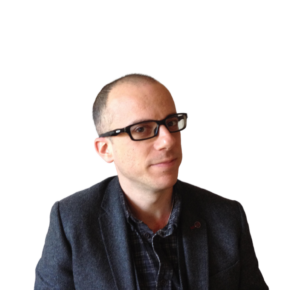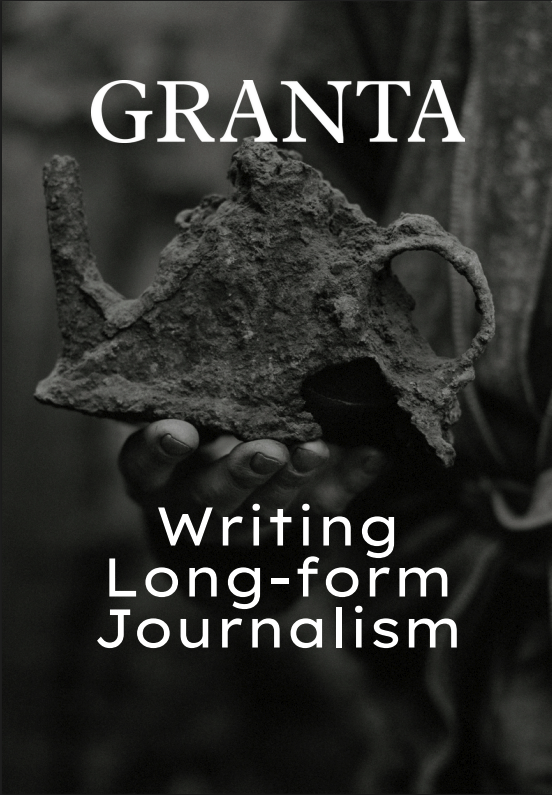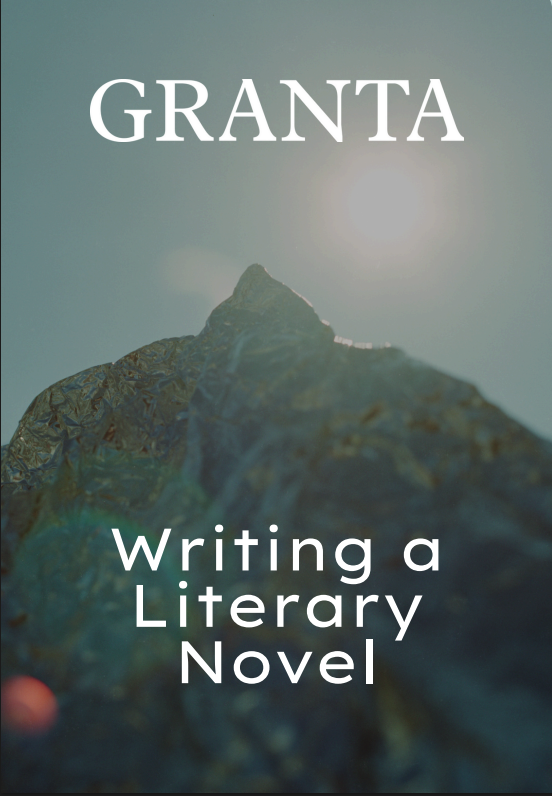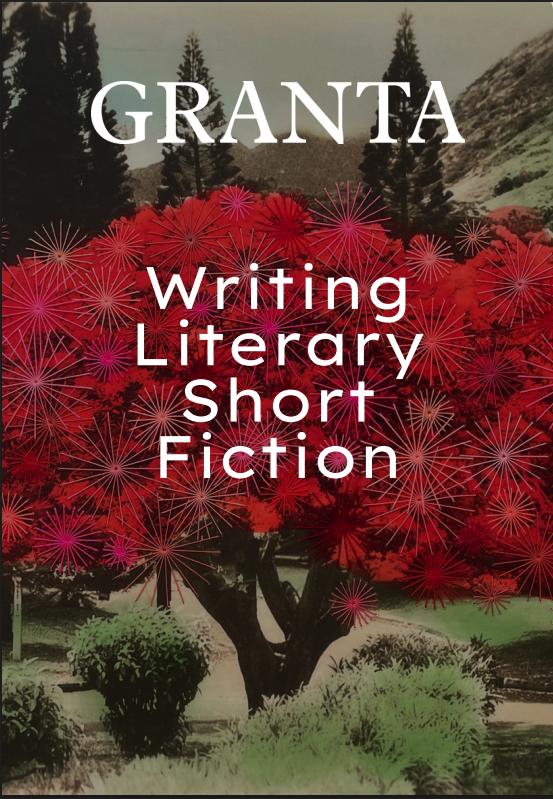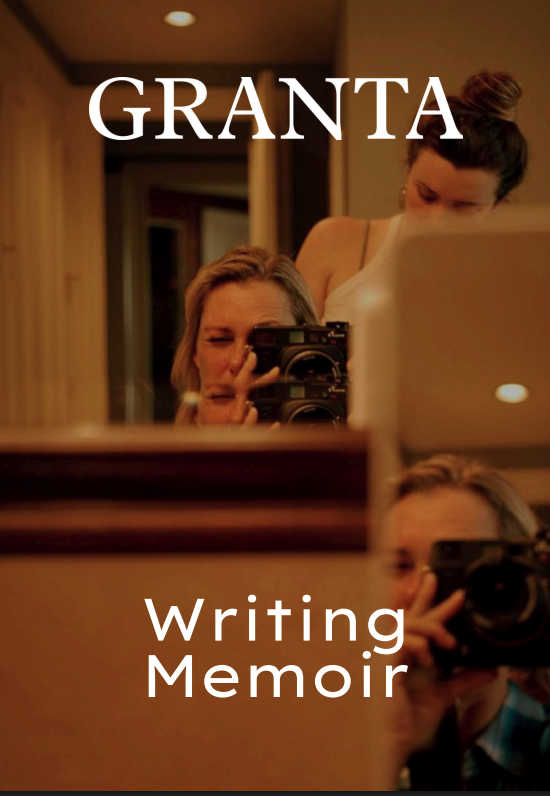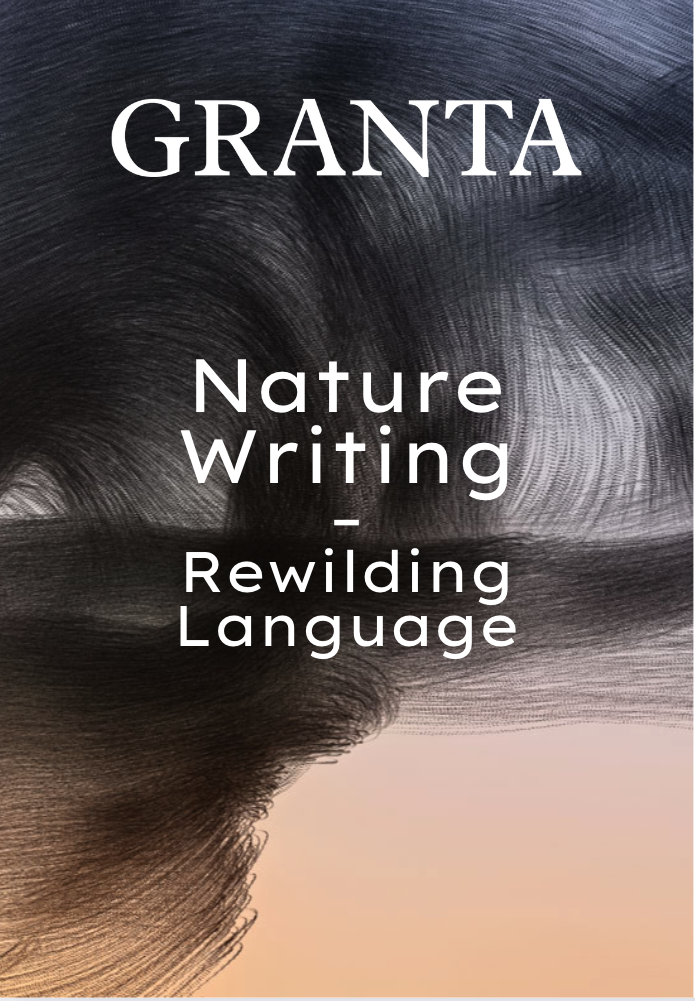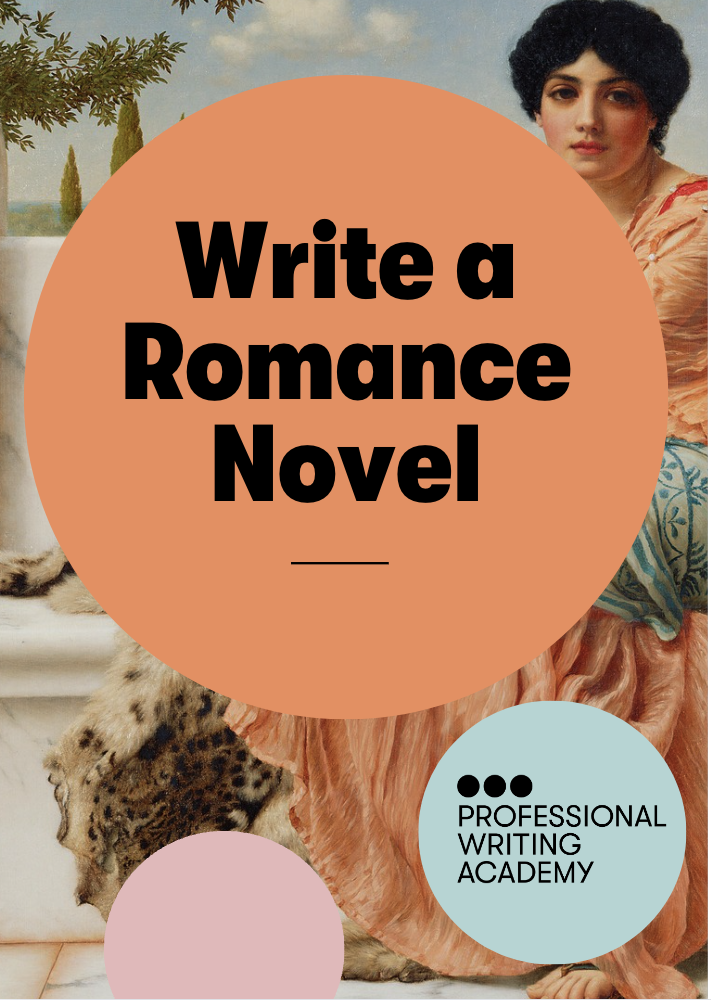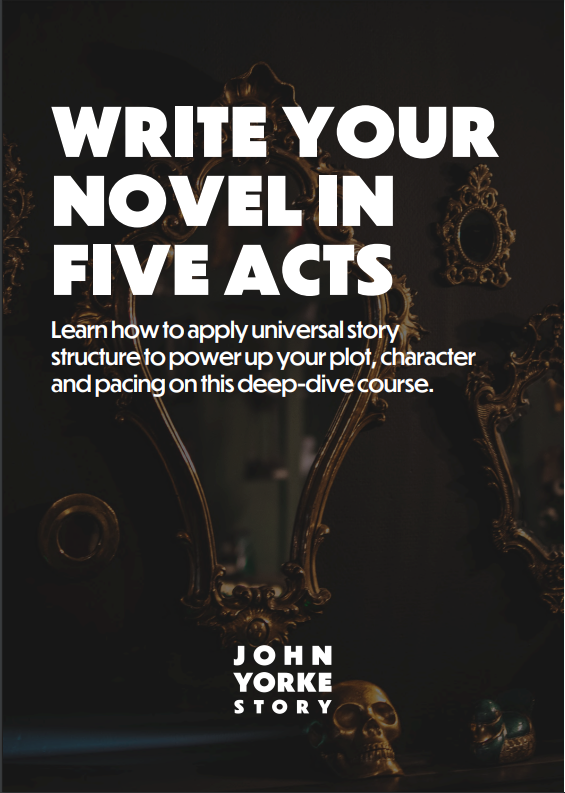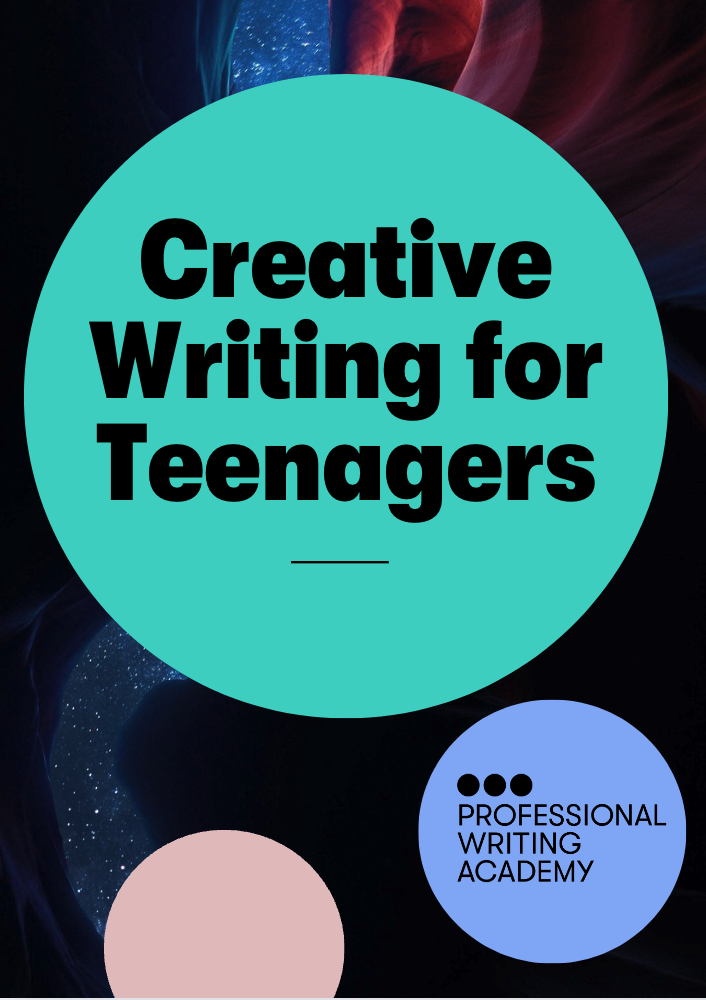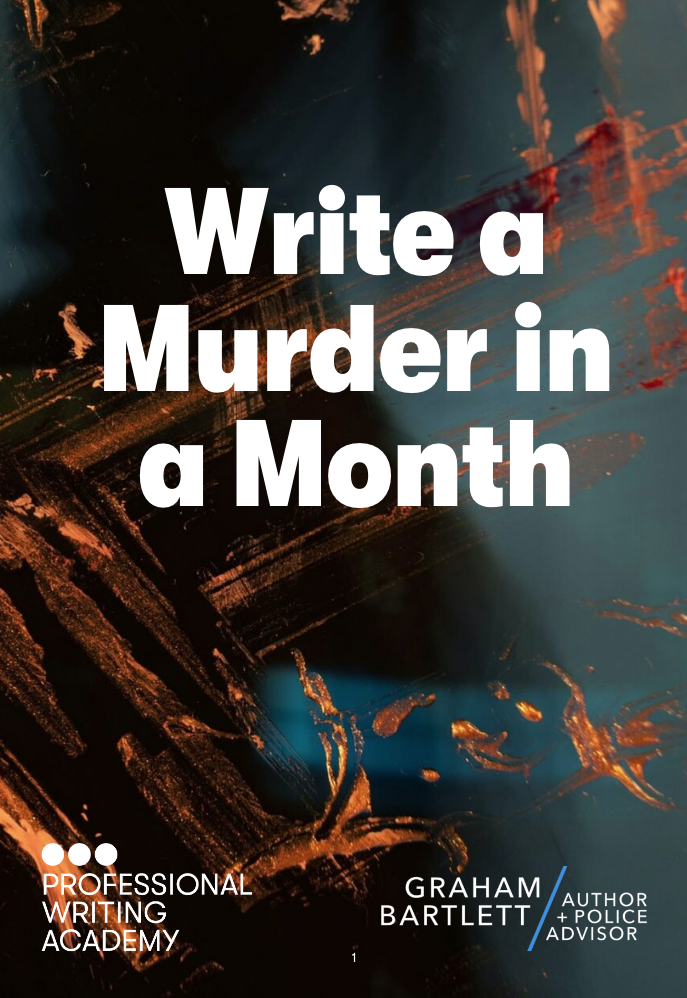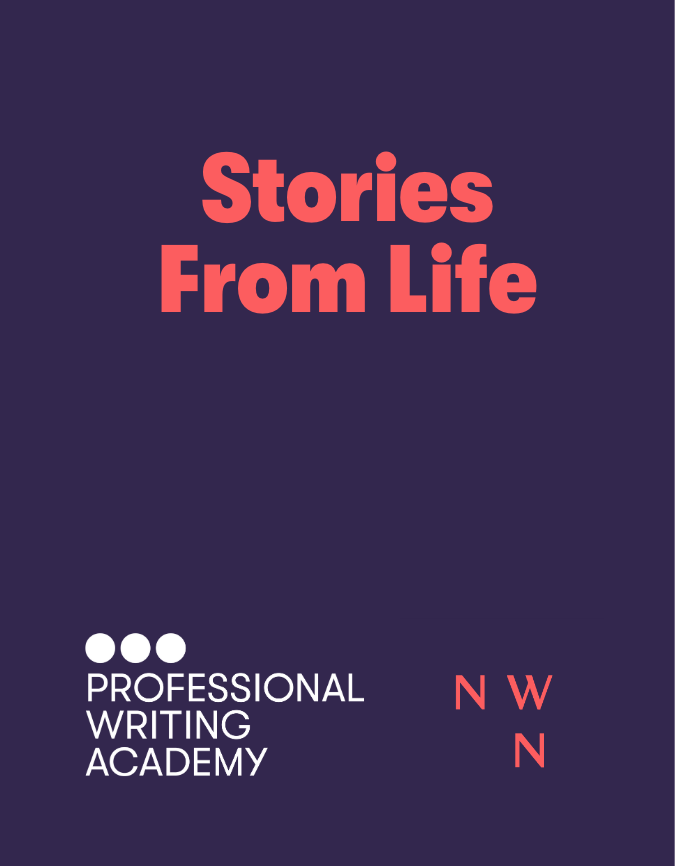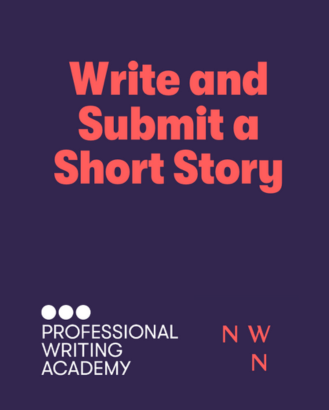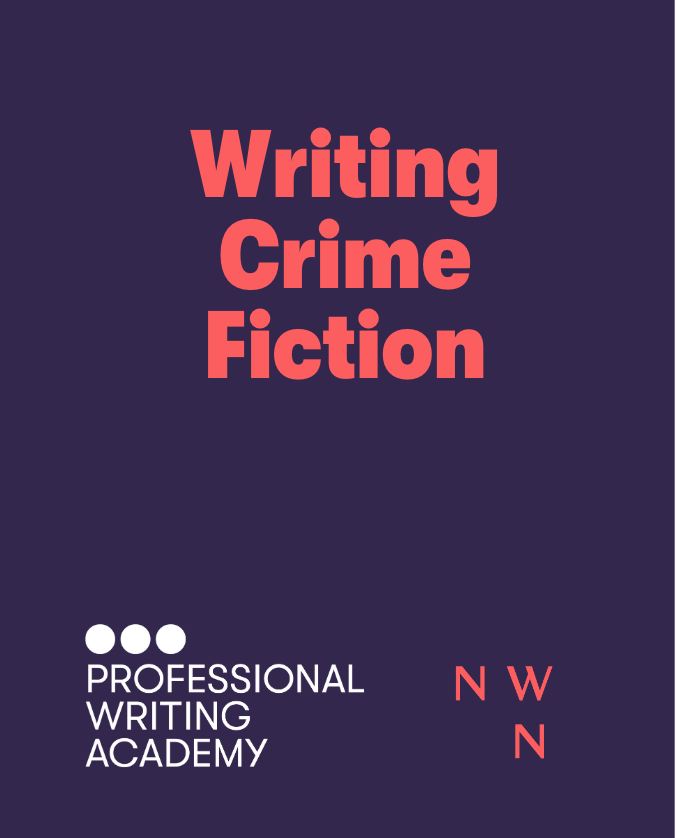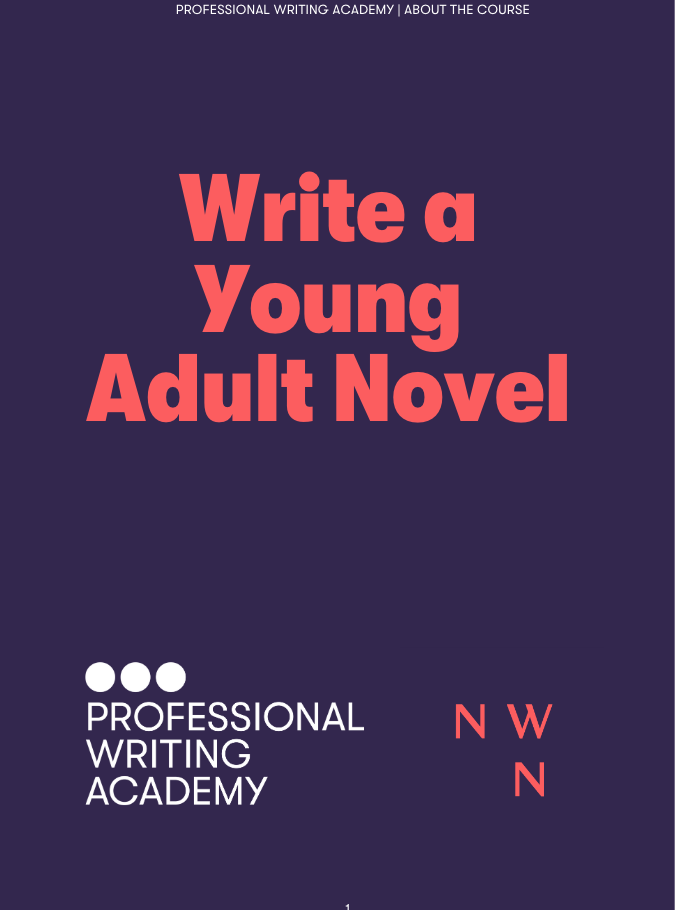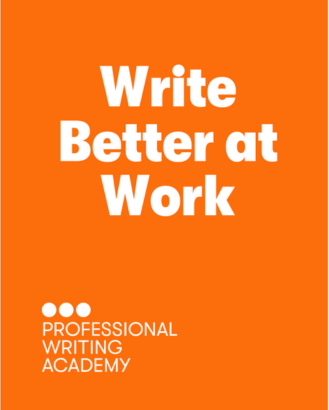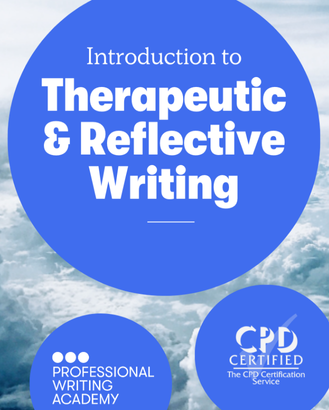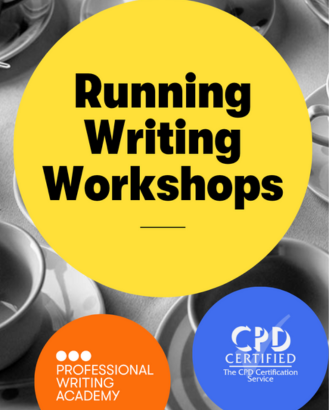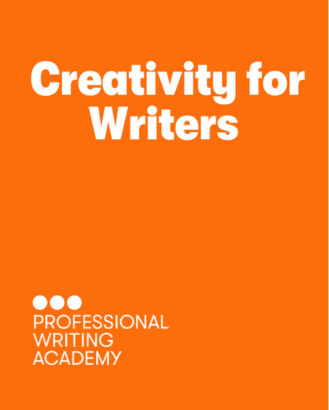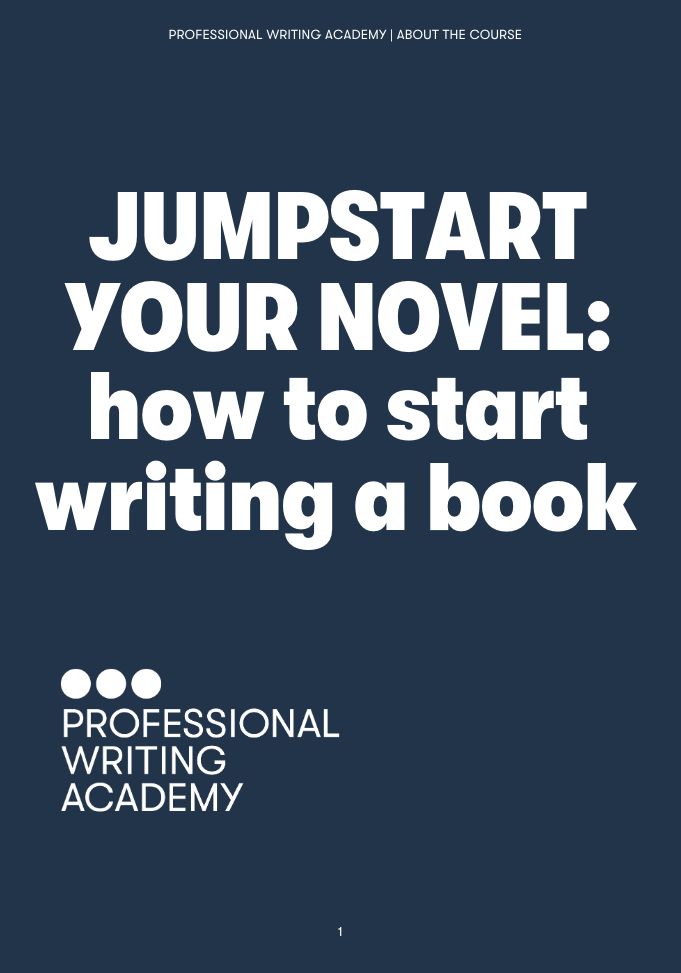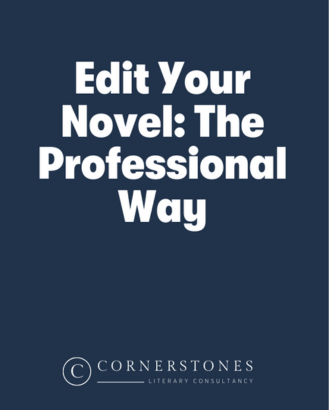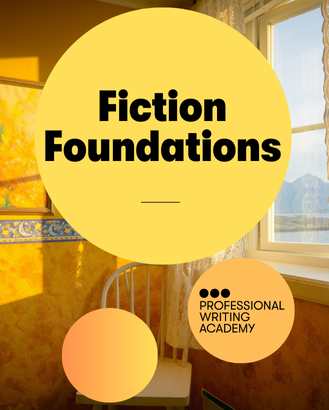‘How can we be more creative?’ is a million-dollar question. Or at least, any real answer would be worth a million-dollars.
Find a way to bottle creativity and you will write great books and amazing songs, you will cure illnesses and solve the problems of the world (and your bank account). The problem is, no one can promise that.
Creativity is so important – so precious – because it is impossible to bottle.
Like lightning, creativity just happens. And yet, we have learnt how to attract lightning and ways to harness it. Can we do the same with creativity? Can we attract it, and learn how to make good use of it? This is a much smaller question, and probably a more useful one.
All too often we believe that only a tiny number of geniuses have a right to be labelled as ‘creative’; that some humans (not us) are destined for greatness, and others have to make do with the scraps. We believe that we just don’t have enough ideas, or our ideas are too small, or not very interesting.
That is not true.
I have been a creative for my entire professional life, and one thing I have learnt is that creativity is a far smaller affair than most people believe, and is also very different to what we think it is.
The truth (well – my truth) is that being creative is like being able to walk a tightrope: you know where you’re starting (say, a cheap laptop) and you know where you want to get to (say, writing a novel), but everything else is a process. And that process doesn’t need an exceptionally brilliant mind or iron willpower as much as it needs empathy.
A tightrope walker adjusts their balance continuously. They cannot decide beforehand if they’re going to verge to the right or the left: they need to pay attention to the wind, the conditions of the rope, the smallest irregularities in their shoes or their feet, and the way their balancing stick moves. They need to react to the world around them in real-time. They need to make things up, quite literally, on the go.
What I am trying to say here is that while we instinctively think of creativity as the art of making things, it would be better to think of it as the art of observing and listening. The ideas we seek are already in the world: the trick is to be able to spot them, and then take the next step in the way they suggest, just like a tightrope walker.
When we don’t feel very creative, it’s can simply be because we don’t listen carefully enough.
So this is how we can attract the lightning of creativity: rather than being anxious about what to do with ideas once we capture them, rather than fret about whether we are any good as writers or creatives, we just need to shut up for a minute and listen.
Find out about our online course Creativity for Writers.

